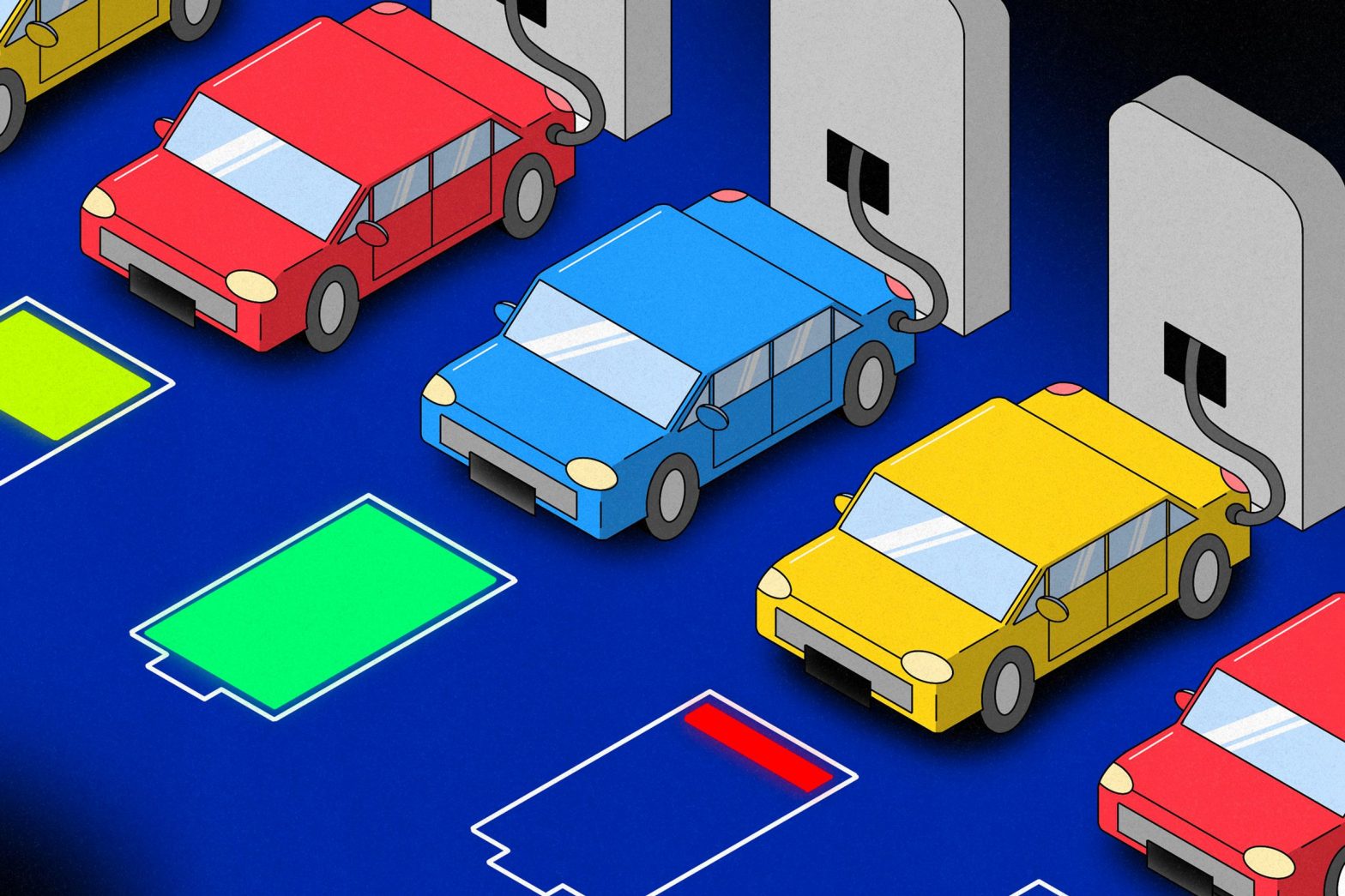/
No, the government didn’t burn $7.5 billion on a fragmented electric vehicle charging network.
Share this story
If you buy something from a Verge link, Vox Media may earn a commission. See our ethics statement.
:format(webp)/cdn.vox-cdn.com/uploads/chorus_asset/file/24533944/STK437_Electric_Vehicle_charge_EV.jpg)
You’d think Elon Musk, the CEO of Tesla and its wide-reaching Supercharger network, would already know about the workings of the federal National Electric Vehicle Infrastructure (NEVI) program that has dedicated $7.5 billion to building a national charging network. However, he needed Secretary of Transportation Pete Buttigieg to chime in on X yesterday to stop some Republican leaders from spreading misinformation about the program.
“Please post the rebuttal,” Musk asked Buttigieg under a Donald Trump Jr. post quoting Ohio congressperson Michael Rulli, who accuses Buttigieg of “squandering billions” to build “8 EV charging stations.” Buttigieg tells Trump the post is “false.”
As Buttigieg explained, the $7.5 billion is “the entire program budget” for NEVI, part of the Biden administration’s Bipartisan Infrastructure Law. The way it works is states apply for a piece of the $7.5 billion, which, contrary to the initial post, has not yet been spent. Once granted, the states build EV chargers with the money, not the federal government.
There’s been criticism over the slow rollout of government-funded electric vehicle chargers after The Washington Post reported earlier this year that only seven stations and 38 ports were installed across four states as of March. But the administration continues to make progress: Buttigieg noted that nine states now have NEVI-funded chargers in operation, which is only the first handful with most planned to be built in “the second half of the decade.” He linked readers to a Google Map showing NEVI-funded chargers’ status.
:format(webp)/cdn.vox-cdn.com/uploads/chorus_asset/file/25758956/Screenshot_2024_11_26_at_10.30.13_AM.png)
:format(webp)/cdn.vox-cdn.com/uploads/chorus_asset/file/25758955/Screenshot_2024_11_26_at_10.30.50_AM.png)
The program’s end game is to have fast electric vehicle chargers installed coast-to-coast by 2030. Most recently in August, 29 states are getting in on the second round of funding valued at $521 million.
